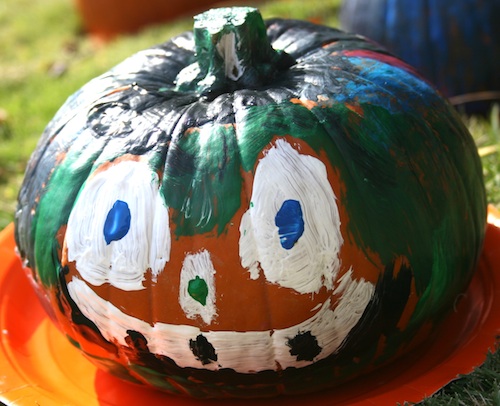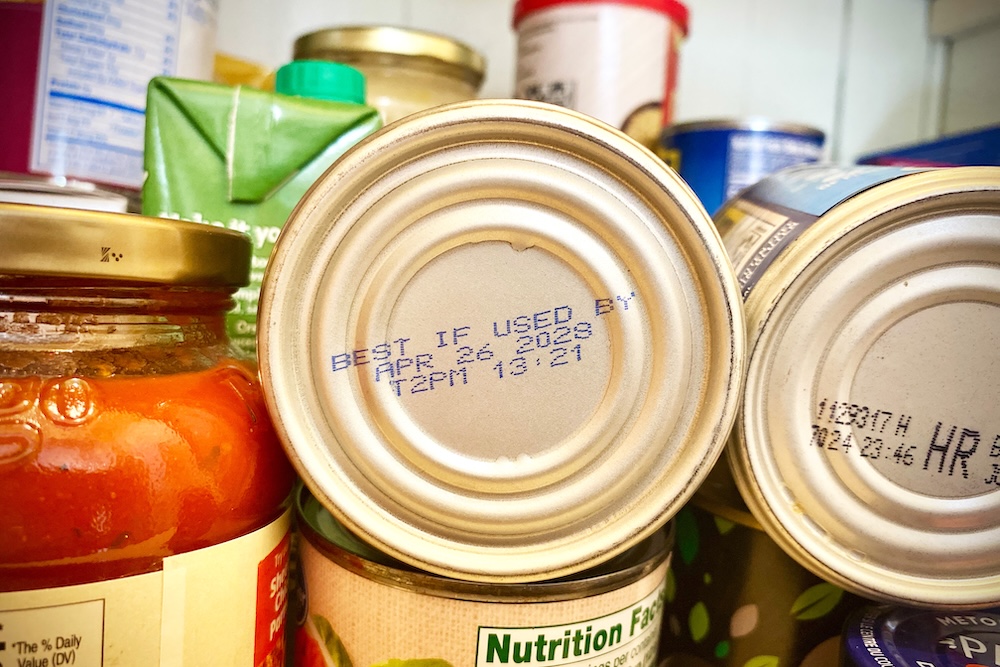Pumpkins are a staple of fall-time cuisine and festivities. Whether canned, dried or pickled, there are some important tips to keep in mind when preserving this holiday favorite.
Due to natural acidity levels, pumpkins require certain precautions be taken when canning in order to make preserves that are safe to eat.
“Since pumpkins are a low-acid food, they require pressure processing for safe canning, just like vegetables and meats,” Andress said. “It’s important to follow the preparation steps just as described and to manage the pressure canner correctly, or you could still end up with unsafe canned pumpkin.”
Also, the U.S. Department of Agriculture does not have any tested recipes to recommend for safely canning certain pumpkin preserves and storing them at room temperature.
“There are no safe, tested home canning procedures for mashed pumpkins or pumpkin butters,” Andress said. “If you make something up yourself and guess wrong, the result could be botulism (a rare, but serious, illness caused by foodborne bacteria).”
Canned, cubed pumpkin
Only pressure canning methods are recommended for canning cubed pumpkin.
Smaller pumpkins with a hard rind and string-less, mature pulp are preferred, Andress said. The average amount needed is 10 pounds per canner load of 9 pints (an average of 2.25 pounds per quart). The preparation steps are as follows, but always read canning procedures and recipes in full (see the link below).
• Wash the pumpkin and remove the seeds.
• Cut the pumpkin into 1-inch-wide pieces and peel them.
• Cut the flesh into 1-inch cubes.
• Boil for two minutes in water. (Remember, do not mash or puree).
• Fill jars with hot pumpkin cubes and add hot cooking liquid to cover them. Leave 1 inch of headspace.
• Adjust lids and process according to the USDA recommendations found at nchfp.uga.edu/how/can_04/pumpkin_winter_squash.html.
Freezing
This is the easiest preservation method, according to Andress, and does not sacrifice quality. First, select a full-colored, mature pumpkin with a fine texture, and then follow these steps:
• Wash and cut the pumpkin into cooking-sized sections.
• Remove the seeds.
• Cook until soft in boiling water, in steam, in a pressure cooker or in an oven.
• Remove the pulp from the rind and mash.
• Place the pan of pumpkin in a pan of cold water to cool, stirring the mash occasionally.
• Pack the pumpkin into rigid containers, leaving headspace, and freeze.
Complete information about containers and headspace can be found at nchfp.uga.edu/how/gen_freeze.html.
Drying pumpkin
To dry pumpkin, follow these steps:
• Preheat an electric dehydrator to 140 degrees Fahrenheit while you prepare the pumpkin.
• Wash and peel the pumpkin and remove all seeds and fibers from the flesh.
• Cut into small, thin strips about 1-inch wide by 1/8-inch thick.
• Blanch strips for three minutes in steam above boiling water or for one minute in boiling water. Dip the pumpkin strips briefly in cold water to stop the cooking process.
• Drain any extra moisture from the pumpkin.
• Place the strips into the dehydrator by spacing them apart in a single layer. Remove when they are brittle.
To dry pumpkin seeds, follow these steps:
• Wash the seeds.
• Dry seeds in the sun, in a dehydrator at 115-120 F for one to two hours, or bake them at a warm setting (no more than 120 F) for three to four hours.
• Make sure to stir the seeds frequently throughout the process.
• Dried seeds should not be stored with any moisture left in them.
Pumpkin seeds can be roasted by tossing dried pumpkin seeds with oil and/or salt and placing them in a preheated oven at 250 F for 10 to 15 minutes.
For more information on pumpkin preservation, see the National Center for Home Preservation website at nchfp.uga.edu/tips/fall/pumpkins.html.








